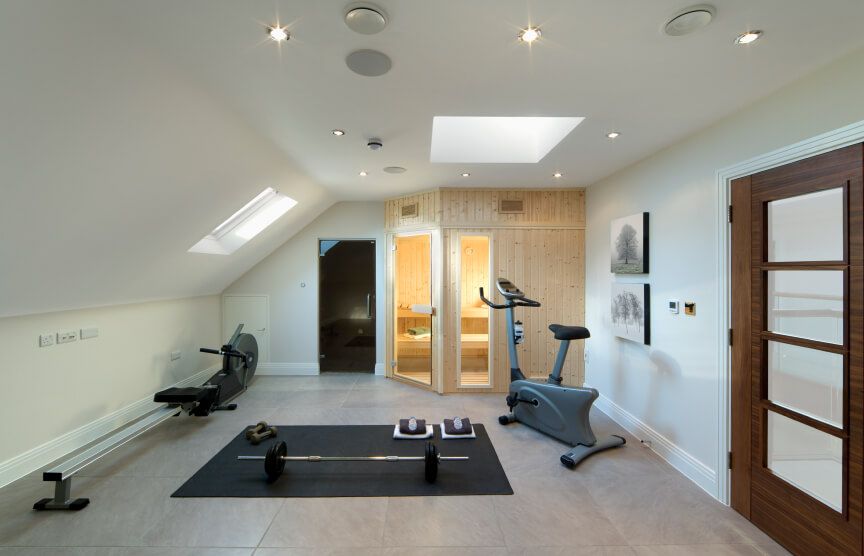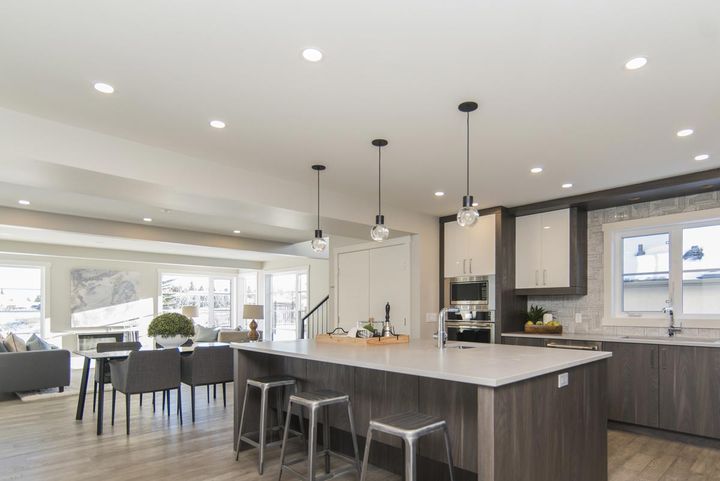Lighting Tips for Home Gyms

New year, another attempt at a new, healthy me. But, perhaps the reason I view my little home gym in such a negative light, is because I don't have the correct lighting.
Poorly lit home gyms tend to lack energy. Whereas a bright space, with a generous amount of light, is generally more inviting for exercise and can be crucial to creating just the right environment for a vigorous or energetic workout.
Natural light, coming from plenty of windows and skylights, is the best source of light for a home gym. If the natural light in your home gym is only minimal or non-existent, try using LED lighting that emulates sunlight. This means using bulbs that have a high color temperature above 4500 Kelvin, which mimics daylight.
Besides supplying a good substitute for natural lighting, the right LED lighting can also provide a good and even distribution of light throughout your home gym. An adequate number of well-positioned LED light fixtures can minimize any dramatic "hot spots" or light or bright "point sources" of light. This, in turn, can help you focus on your exercise routine and not be distracted by the lighting.
For certain activities that require a lower energy level in your home gym, you will want to consider lowering the light levels. These activities include yoga, cool down periods, sauna sessions, whirlpool baths, or massages. Dimmers can assist you in controlling the brightness of the lights in your home gym. If you have LED lighting that does not have special dimming ballasts, you may want to wire them so that some of the LED fixtures are controlled by one on/off switch and remainder of the fixtures are controlled by a second on/off switch. This is called "dual switching" and it is a relatively easy way to simulate, to some degree, the dimming process.
Check back to see new articles and guides, or feel free to click another article to experience more great insights and advice.



